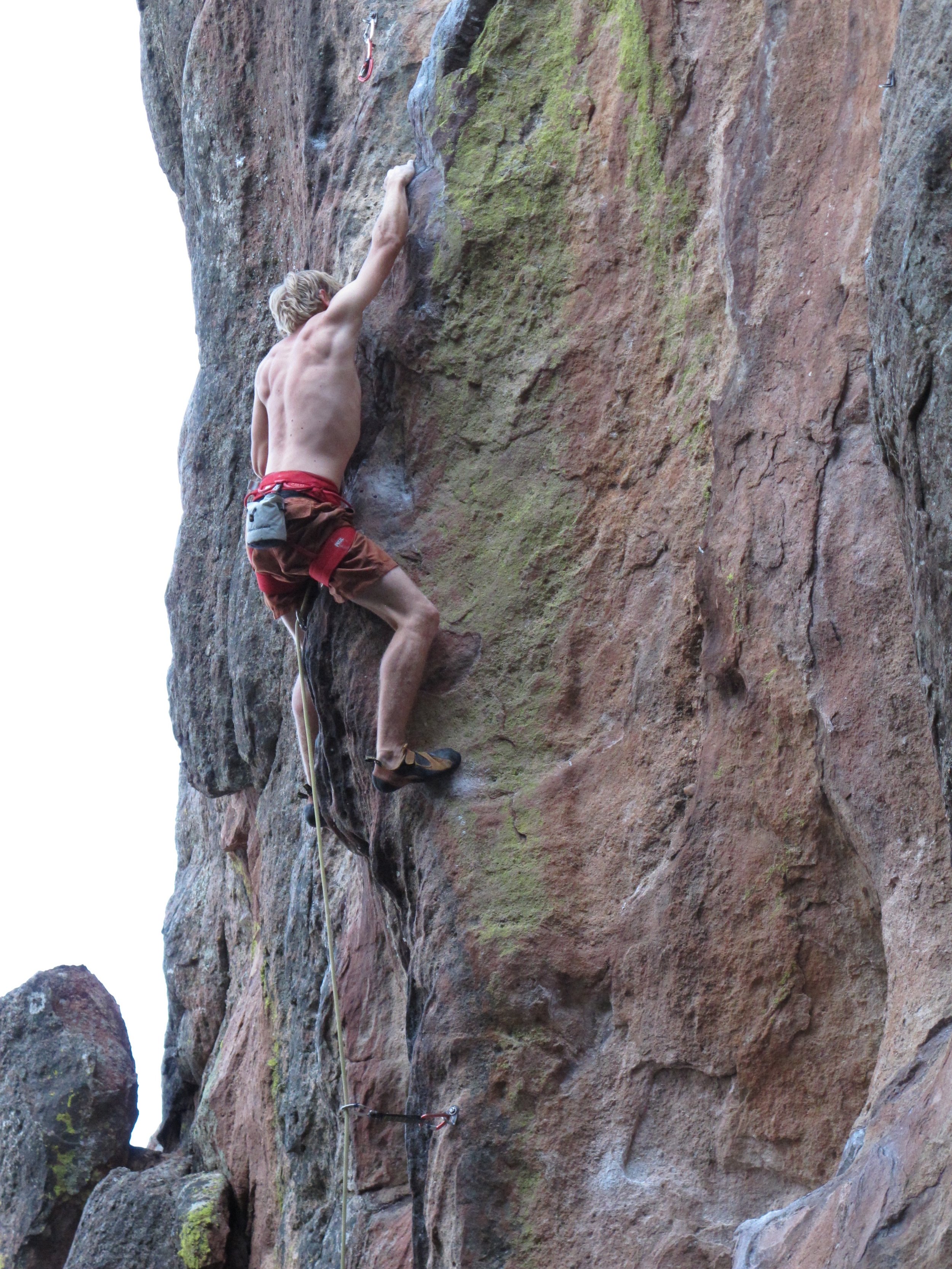Rock climbing is one of the most popular outdoor sports in Boulder, Colorado. Often these athletes present to our Physical Therapy clinic with both traumatic and overuse injuries. Most commonly, these overuse injuries involve the upper extremity and cause decreased performance and loss of climbing days each season. Each discipline of climbing including sport, bouldering, and traditional places different demands on the body due to their unique movement patterns and techniques. Each of these disciplines is associated with different injury risks.
Authors reports between 4 and 5 injuries per 1000 hours of climbing participation and a career incidence of 1-2 injuries per climber (Backe et al. 2009). Authors in a recent review article of the available evidence on rock climbing injuries found several risk factors for the development of a climbing associated injury. Researchers noted age, greater years of climbing experience and intensity, and participation in lead climbing were independent risk factors for the development of injury (Woollings et al. 2015). In addition, prior research by Woolings et al. in 2014 found climbers were 6 times more likely to be injured if they had sustained a prior climbing injury. The evidence was inconclusive on modifiable risk factors including a climber’s BMI and utilization of flexibility or weight training. In our experience, athletes who participate in a strength training program to complement their rock climbing have decreased incidence of future injury.
To learn more on how to reduce your risk of future injury contact your Boulder Physical Therapist.

